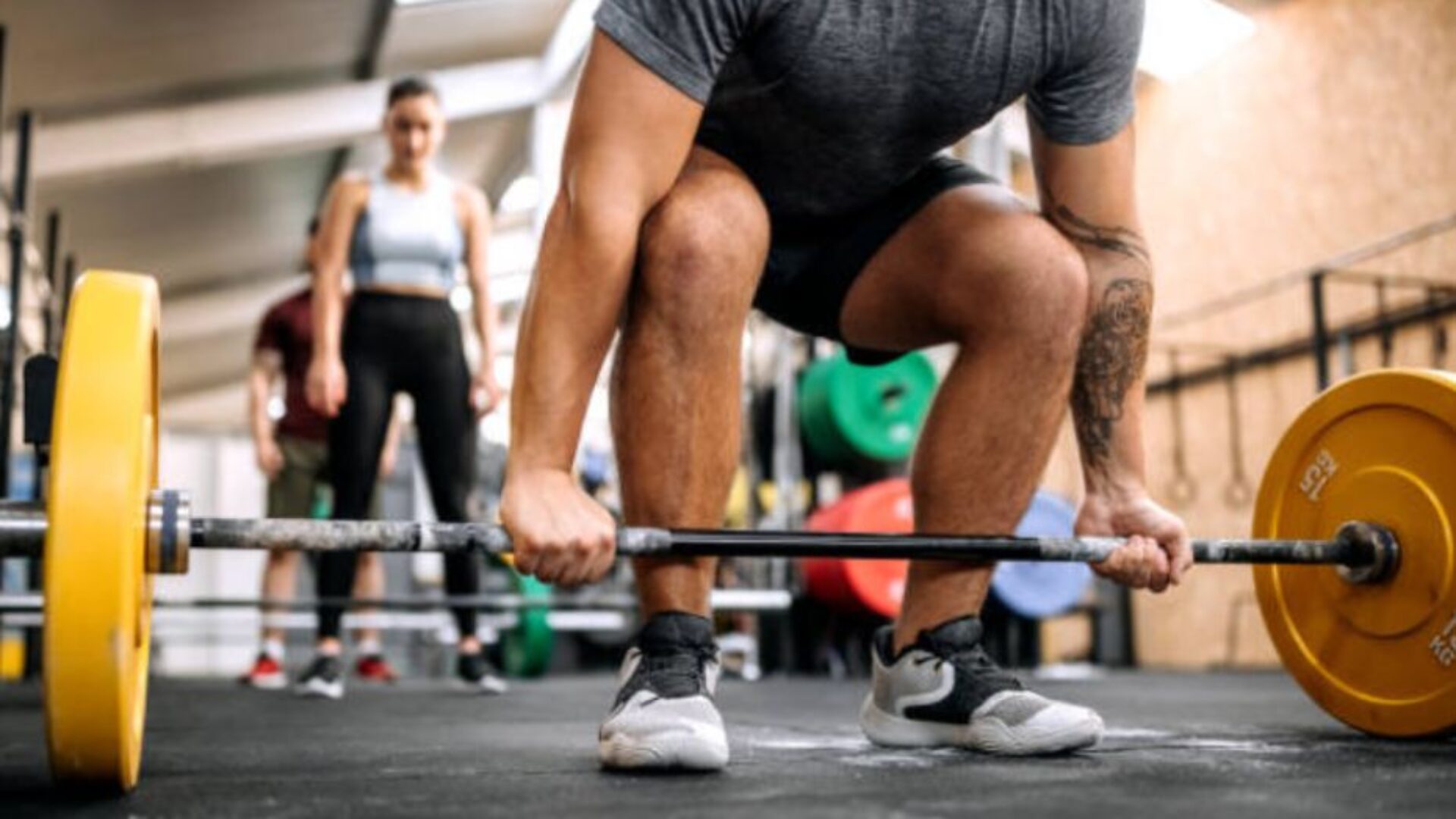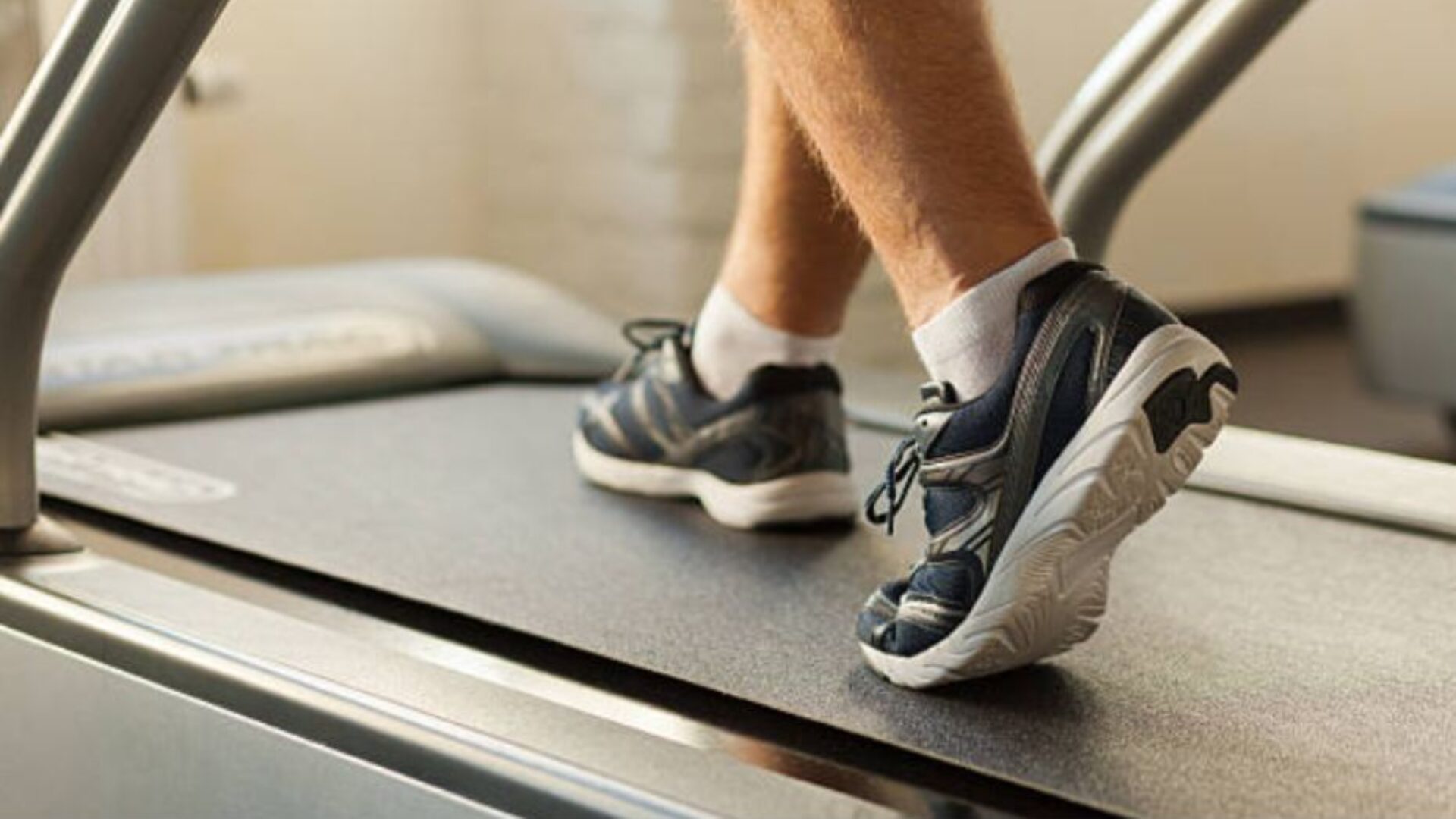Understanding the Kas Glute Bridge exercise offers a fresh perspective on enhancing glute strength and stability beyond what traditional glute bridges offer.
Unlike traditional glute bridges that primarily target the gluteus maximus, the Kas Glute Bridge emphasizes a deeper engagement of the entire gluteal group and the core. This variation introduces an intensified focus on stabilizing muscles, promoting balanced muscle development and injury prevention.
Whether you’re a seasoned gym-goer or just starting out on your fitness journey, this exercise has something to offer everyone. So let’s explore how the Kas Glute Bridge can help you build a stronger, more sculpted body, one rep at a time.
What is a Kas Glute Bridge
The Kas Glute Bridge is a highly effective exercise renowned for its ability to target and strengthen the gluteal muscles. This exercise involves raising the hips off the ground while maintaining stability through the shoulders and feet, creating a bridge-like posture.
Primarily focusing on the gluteus maximus—the largest muscle in the buttocks—the Kas Glute Bridge also engages the hamstrings and core muscles. By lifting the hips, this exercise effectively isolates and activates these muscle groups, making it ideal for enhancing lower body strength, stability, and muscle tone.
The Kas Glute Bridge takes your booty gains to new heights by activating not just your glutes but also engaging your hamstrings and lower back. Unlike traditional glute bridges, the Kas variation ensures a more comprehensive muscle engagement, leading to a sculpted and well-rounded posterior.
Benefits of Kas Glute Bridge
Understanding the reasons behind the popularity of the Kas Glute Bridge in the fitness community is essential. Among its advantages, this exercise excels in targeting the glutes and engaging the hamstring and lower back muscles, providing a comprehensive lower-body workout.
1. Optimized Glute Activation
The Kas Glute Bridge effectively targets the gluteus maximus, medius, and minimus, leading to improved muscle activation and growth.
2. Enhanced Core Stability
Engaging the core muscles while performing the bridge not only strengthens the glutes but also enhances overall core stability and equilibrium.
3. Increased Hip Mobility
Controlled movements in the Kas Glute Bridge help enhance hip mobility, a crucial factor in executing various athletic maneuvers and preventing injuries.
4. Reduction of Lower Back Pain
Strengthening the glutes can alleviate pressure on the lower back, lowering the likelihood of experiencing pain and injury in that area.
5. Elevated Athletic Performance
Strong glutes are vital for executing athletic actions such as running, jumping, and squatting. Integrating the Kas Glute Bridge into your workout regimen can boost your performance in these activities.
Nader Qudimat, a natural bodybuilder and founder of FitFrek, highlights that this exercise variation excels in activating and strengthening the glutes comprehensively. It supports posture correction, enhances athletic performance, and effectively manages lower back pain.
How to do Kas Glute Bridge
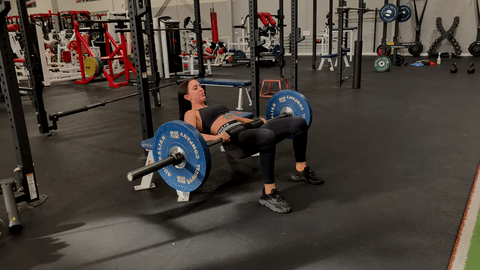
Let’s go through the proper technique for executing the Kas Glute Bridge:
Take a seat on the mat, making sure your mid-back is snug against the bench’s edge. It’s your launchpad for the perfect bridge!
Set your feet at hip-width apart, giving them a slight outward tilt for comfort. Think of it as finding your sweet spot.
Secure a barbell pad to your pelvis for added stability. Then, gently roll the barbell onto your hip crease, making it feel like a snug fit.
Time to lift! Push your hips towards the sky while keeping your back straight. Let the weight join the party as you ascend.
At the top, really squeeze those glutes and hold for a beat. This is where the magic happens!
Slowly lower back down, maintaining control throughout. Repeat, aiming for that perfect form with each rep.
Whether you’re a beginner or a seasoned fitness enthusiast, the Kas Glute Bridge can fit seamlessly into your routine. Use it as a warm-up, include it in your lower body workouts, or make it a star player in your booty-focused sessions. Versatility is key in crafting a well-rounded fitness program.
Kas Glute Bridge with Dumbbell
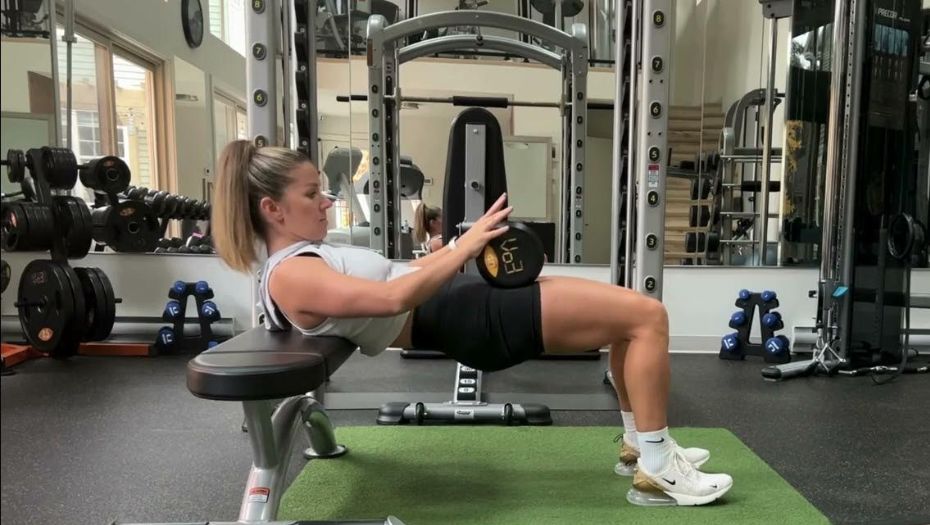
To perform a Kas Glute Bridge with dumbbells effectively, it’s crucial to focus on proper form and technique. Here are some key points to consider based on the search results:
- Hold a dumbbell on your hips as you perform the bridge.
- Start with a light weight and gradually increase the resistance as you get stronger
Hip Thrust vs. Kas Glute Bridge
Though both exercises focus on the glutes, they have distinct characteristics. Let’s take a closer look at two effective routines for sculpting those glutes:
Hip Thrust
- Execution: In a hip thrust, you sit on the ground with your upper back against a bench and your knees bent. Holding a weight across your hips, you drive through your heels to lift your hips up until your body forms a straight line from your knees to your shoulders.
- Range of Motion: The hip thrust typically offers a larger range of motion compared to the glute bridge, as your shoulders are elevated on a bench, allowing for greater hip extension.
- Resistance: You can add more resistance to the hip thrust by using heavier weights, such as a barbell, placed across your hips.
Kas Glute Bridge
- Execution: In the Kas Glute Bridge, you lie on your back with your knees bent and your feet flat on the floor. Lifting your hips off the ground, you create a bridge-like position with your body while keeping your shoulders grounded.
- Range of Motion: The range of motion in the Kas Glute Bridge is slightly limited compared to the hip thrust, as your shoulders remain on the ground throughout the movement.
- Versatility: The Kas Glute Bridge is more versatile in terms of the equipment you can use. You can perform it with just your body weight or add resistance using dumbbells, barbells, or resistance bands.
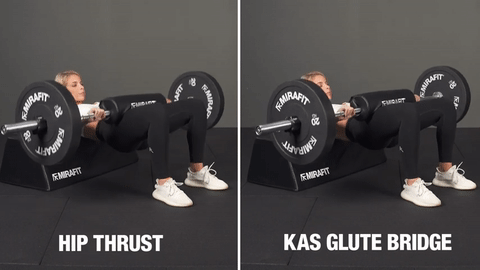
Which One Should You Choose?
Both exercises effectively target the gluteal muscles and can be valuable additions to your workout routine. If you’re looking for a greater range of motion and the ability to lift heavier weights, the hip thrust might be your best bet. On the other hand, if you prefer a more versatile exercise that can be done anywhere with minimal equipment, the Kas Glute Bridge is a fantastic option.
Ultimately, the choice between the two depends on your personal preferences, fitness goals, and available equipment. Experiment with both to see which one works best for you and helps you achieve the results you desire.
Final thoughts
To wrap it up, the Kas Glute Bridge is more than just a trendy exercise—it’s a game-changer for anyone wanting to shape and strengthen their glutes. Its benefits extend far beyond aesthetics, offering improvements in core stability, hip mobility, and even lower back pain relief. Plus, it’s a versatile move that can be tailored to fit any fitness level or goal.
When compared to the Hip Thrust, the Kas Glute Bridge shines for its simplicity and adaptability. Whether you’re a newbie or a seasoned gym-goer, you can easily incorporate it into your routine without needing fancy equipment.
So, whether you’re aiming for a peachy posterior, better performance in sports, or just overall strength and stability, the Kas Glute Bridge has got your back—literally!
Beyond aesthetics, mastering the Kas Glute Bridge translates to improved functional strength, making everyday movements easier and reducing the risk of injury.
FAQs
1. How often should I do Kas Glute Bridges?
It’s best to aim for 2-3 sessions of Kas Glute Bridges per week. However, listen to your body and adjust based on how you feel and your fitness goals.
2. Can I do Kas Glute Bridges if I have lower back pain?
Yes, you can! In fact, Kas Glute Bridges can help relieve lower back pain by strengthening the glutes, which can alleviate stress on the lower back. Just make sure to start slowly and pay attention to your form.
3. Should I use weights when doing Kas Glute Bridges?
Adding weights like dumbbells or resistance bands to your Kas Glute Bridges can increase the intensity and effectiveness of the exercise. Start with lighter weights and gradually increase as you feel comfortable.
4. How long until I see results from doing Kas Glute Bridges?
Results vary from person to person, but with consistent practice and proper form, you may start noticing improvements in strength, muscle tone, and overall glute shape within a few weeks to a couple of months. Just keep at it and stay patient!



